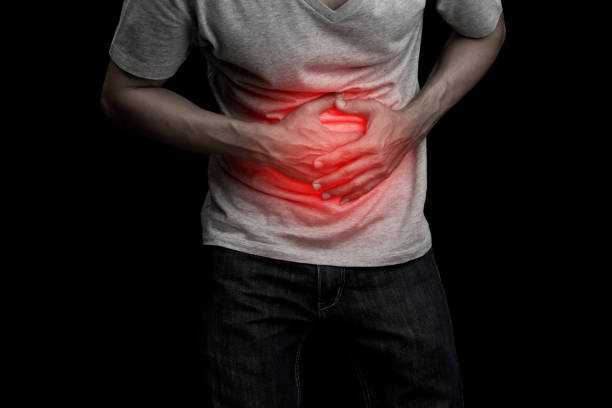Stomach problems in children are a common concern for parents, often causing significant worry. Almost every child experiences some form of stomach discomfort at some point in their lives. Among various health issues, gastrointestinal problems are particularly prevalent in children. These issues can arise due to several factors, including indigestion, stomach infections (often referred to as stomach flu), constipation, or more severe conditions like appendicitis. It is crucial to recognize that children’s stomach problems can manifest in different forms, each with its unique symptoms.
In this article, we will explore the various types of stomach issues that children may encounter, along with their symptoms and possible treatments.
Hello everyone ! Welcome to SasVibe.
Common Symptoms of Stomach Problems in Children:
- Abdominal pain or cramps
- Loss of appetite or refusal to eat favorite foods
- Bloating or a swollen abdomen
- Nausea or vomiting
- Constipation
- Sleep disturbances
- Fever
- Increased irritability or persistent crying
Types of Stomach Issues in Children:
Indigestion
Indigestion is one of the most common stomach issues among children. It often occurs when children eat too much or consume foods that are not suitable for their stomachs, such as spicy dishes or carbonated drinks. Other causes include eating too quickly, eating at irregular times, or experiencing stress.
Children typically report pain in the middle of the abdomen and may exhibit signs of discomfort. In some cases, bloating may occur, and they might refuse to eat. The pain from indigestion generally subsides after passing gas or having a bowel movement.
Tips for Relieving Indigestion:
- Encourage slow eating and thorough chewing.
- Avoid giving carbonated drinks and heavy, spicy foods.
- Ensure that children do not overeat.
- Promote adequate rest and regular bowel movements.
Peptic Ulcer
While rare, children can sometimes develop peptic ulcers. These ulcers cause sudden abdominal pain, which may occur shortly after eating or a few hours later. The pain is usually localized in the central part of the abdomen.
Symptoms of a Peptic Ulcer:
- Severe pain below the breastbone
- Nausea and vomiting
- Loss of appetite
- Dark-colored stools
- Coffee-ground-like vomit
If these symptoms appear, it is essential to consult a healthcare professional.
Gastroenteritis (Stomach Flu)
Gastroenteritis, commonly known as stomach flu, is another frequent viral infection in young children. It is caused by viruses or bacteria affecting the stomach and intestines.
Symptoms include diarrhea, vomiting, abdominal pain, fever, body aches, excessive crying, and irritability. Gastroenteritis often resolves on its own over time, and since it is a viral infection, antibiotics are typically not prescribed. Treatment focuses on alleviating the symptoms.
Food Allergies
Food allergies, often overlooked, can also lead to stomach pain in young children. Allergens such as dairy, wheat, and nuts can trigger gastrointestinal distress. Symptoms may not always be immediately recognizable, making it crucial to monitor children’s reactions to certain foods.
Additional Symptoms of Food Allergies:
- Vomiting
- Skin rashes or itching
- Poor growth despite adequate nutrition
- Persistent fatigue
Appendicitis
Appendicitis is a serious condition caused by an infection in the appendix. If a child reports severe pain in the lower right abdomen lasting for several days, this may indicate appendicitis. Other symptoms can include loss of appetite, frequent gas, difficulty with bowel movements, nausea, and vomiting.
Diagnosis typically involves an ultrasound or CT scan, and treatment usually requires surgery.
Intussusception
Intussusception is another severe condition that can occur in children, particularly those under three years old. It happens when a part of the intestine telescopes into another section. Symptoms include sudden abdominal pain, a firm abdomen, the child pulling their knees towards their chest, and stools containing blood or mucus.
It is essential to seek medical advice promptly if intussusception is suspected, as timely intervention can lead to effective treatment.
Conclusion
Recognizing the signs and symptoms of stomach issues in children is vital for timely treatment and care. Parents should remain vigilant and consult healthcare professionals when unusual symptoms arise. Early diagnosis and appropriate management can help ensure the health and well-being of your child.



